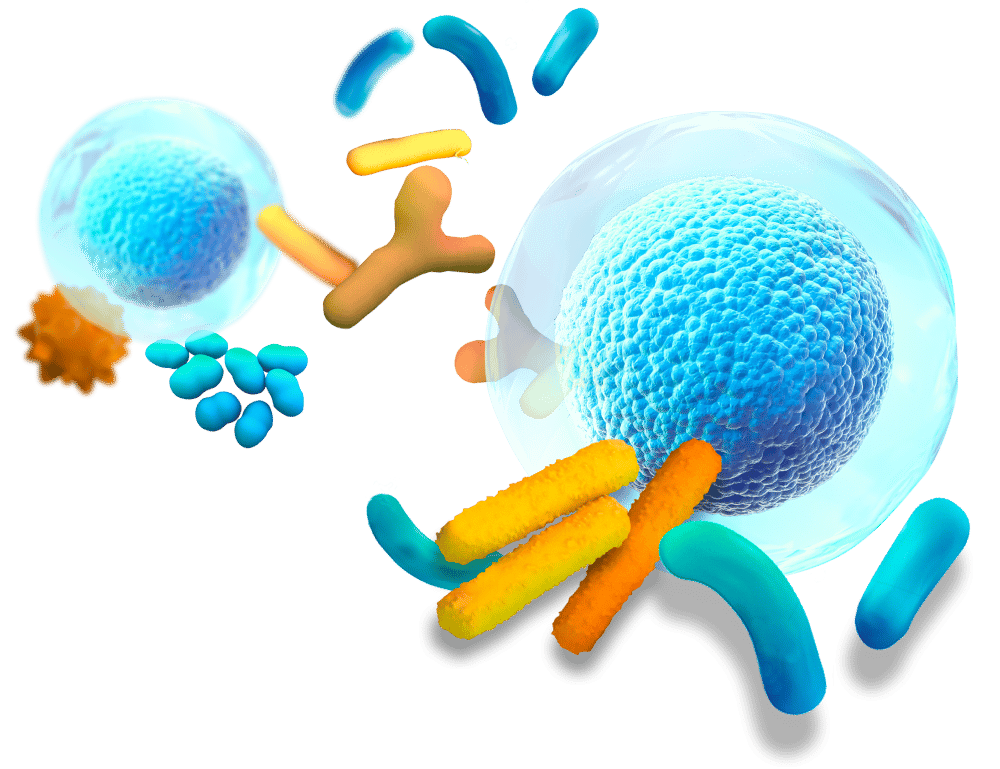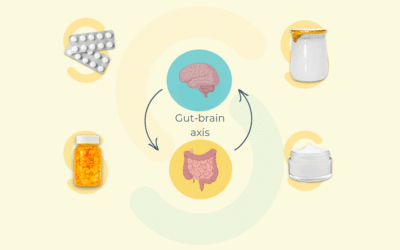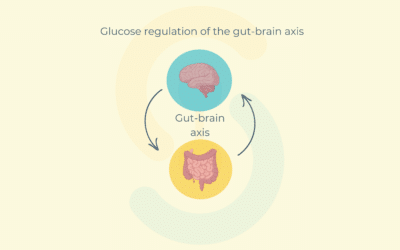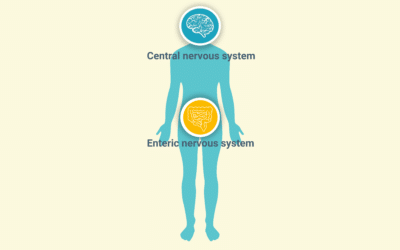
Pharma innovative research boosted with gut and gut-brain axis
Make major scientific breakthroughs in your innovative pharma research
Thanks to our holistic approach on the gut and gut-brain axis, we accompany your innovation process by designing and implementing experimental protocols adapted to your pharmaceutical objectives and development pipeline. To that end, we use our expertise to offer a wide range of tests to provide you with real differentiation opportunities:
- Screening of potential assets
- Improvement of lead profiling and selection
- Comparison of various drug candidates in different organs
- Characterization and consolidation of mechanisms of action
- Characterization and consolidation of therapeutics effects
- Repositioning of your compounds


Reveal the potential of your pharmaceutical leads thanks to the gut and the gut-organ axis!
New legislation, patent expiration and rising healthcare costs are demanding decisive changes in the global pharmaceutical industry.
Your companies evolve in a very competitive environment. New and disruptive approaches are needed to pursue a holistic medical approach which integrates the digestive sphere and its impacts on the related peripheral organs.
Gut and gut-organ preclinical studies boost the development of your molecules

Enterosys is a CRO rooted in the gut to support innovative pharma research
Enterosys offers rapid and innovative protocols for the analysis of physiological parameters in real time. Our approaches allow you to save time and costs in the development of your therapeutics to quickly position or reposition your assets. We help researchers to advance science and improve precision health much faster.
Our holistic gut-organ approach demonstrates the beneficial effects of molecules of interest and may also detect potential side effects on other organs very early in the development process. Our cutting-edge expertise allow you to leverage your molecules and to de-risk innovation.
White paper ENTEROSYS
« GUT IS THE LINK »
Our first white paper is now available !
Get inside the head of our co-founder Claude Knauf.
Come discover his background, his key dates, how he got the gut feeling and the link between enteric neurons and glycemic control as well as other health related areas.

OUR KEY SCIENTIFIC FINDINGS ABOUT THE GUT
The gut-brain axis: exploring its role in health care
In the intestine, gut distension and nutrients are detected by mechanoreceptors and chemoreceptors, respectively. The activation of these receptors sends an afferent nervous message to the hypothalamus in the brain. In turn, the hypothalamus controls the glucose entry in tissues, and thus glycemia.
Glucose: a key player in gut motility and metabolic regulation
Targeting the enteric nervous system that controls gut motility is now considered as an innovative therapeutic way in T2D to limit intestinal glucose absorption and restore the gut‐brain axis to improve insulin sensitivity. So far, little is known about the role of glucose on duodenal contraction in fasted and fed states in normal and diabetic conditions.
Enteric nervous system : Galanin’s role in gut-brain axis
The enteric nervous system (ENS) plays a key role in controlling the gut-brain axis under normal and pathological conditions, such as type 2 diabetes. The discovery of intestinal actors, such as enterosynes, able to modulate the ENS-induced duodenal contraction is considered a pioneering approach.


